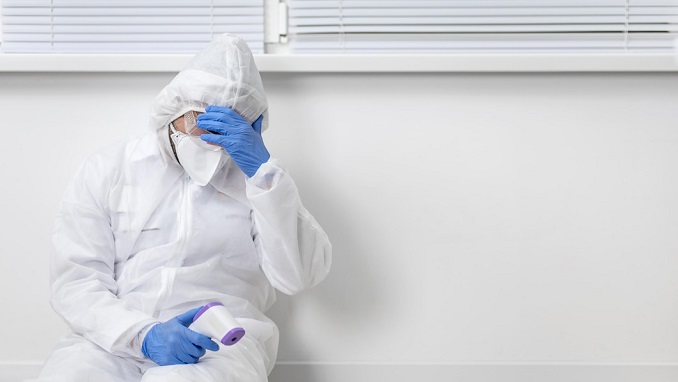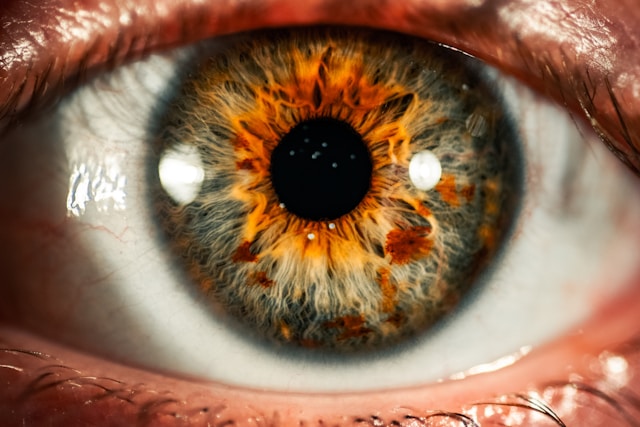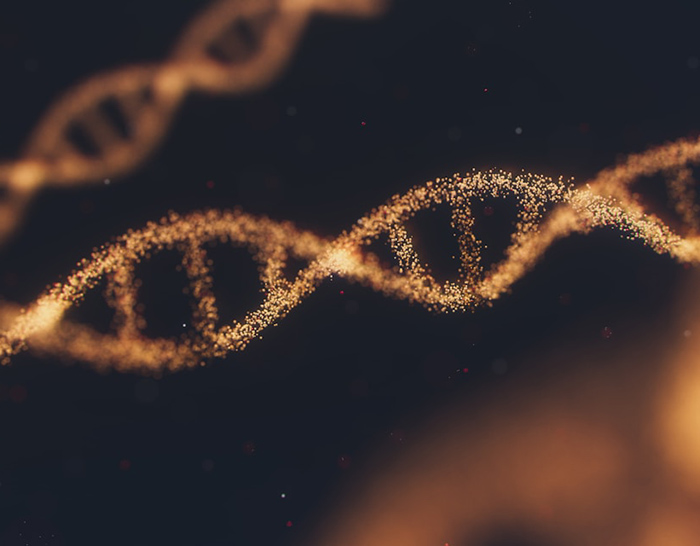With an estimated 200 million worldwide suffering from long COVID and its staggering negative impact on economies and health systems, scientists and medical professionals consider the slow response in diagnosing and treating long COVID one of the biggest failures during the COVID-19 pandemic.
Add to that the fact that diagnoses are still inadequate, and that we still do not know what the impact of Omicron and future variants will be, as Good Day BIO points out, and we have a situation that poses quite a big challenge to both the scientific community and countries continuing to fight the virus.
As Brookings’ recent analysis of U.S. census data shows, long COVID affects around 16 million American adults. Furthermore, long COVID is keeping as many as 2 to 4 million adults out of work, bringing “the annual cost of those lost wages alone is around $170 billion a year (and potentially as high as $230 billion).”
That already makes long COVID “a meaningful drag on U.S. economic performance and household financial health.”
Brookings’ data points out that long COVID could account for as much as 15% of ongoing labor shortages, warning that “these impacts stand to worsen over time if the U.S. does not take the necessary policy actions.”
Long COVID “is a parallel pandemic that most people aren’t even thinking about,” said Akiko Iwasaki, a professor of immunobiology at Yale University, as quoted by GAVI. “I suspect there will be millions of people who acquire long COVID after Omicron infection.”
Though we’re still learning more about the impact of stress on the risk of long COVID, according to Harvard T.H. Chan School of Public Health researchers, “psychological distress, including depression, anxiety, worry, perceived stress, and loneliness, before COVID-19 infection was associated with a 32%-46% increased risk of long COVID.”
“These types of psychological distress were also associated with 15%–51% greater risk of daily life impairment due to long COVID,” the researchers pointed out.
Vaccines and boosters offer limited protection against long COVID
It has been clear for a while that even people who are fully vaccinated and boosted can get long COVID, Time reported yesterday, citing recent studies that point to fairly disappointing protection.
Designed primarily to prevent severe disease and death caused by the SARS-CoV-2 virus and its later variants, COVID-19 vaccines and newer boosters aren’t the long COVID shields people wished for.
According to research from Washington University School of Medicine in St. Louis and the Veterans Affairs St. Louis Health Care System published in late May, vaccination against COVID-19 “reduced the risk of getting long COVID by 15%, compared with unvaccinated patients infected with the virus,” the press release pointed out.
However, the vaccines “have been most effective in preventing some of the most worrisome manifestations of long COVID” – lung (49%) and blood-clotting disorders (56%) – among those who were vaccinated.
The study’s first author Ziyad Al-Aly, MD, a clinical epidemiologist at Washington University, added that “8 to 12% of vaccinated people with breakthrough infections may develop long COVID.”
Another study published by JAMA in July found “the risk of long covid dropped with each dose people received,” as GAVI noted.
Biotech offers hope
The news that San Francisco-based biotech IncellDx has developed the first blood test to identify patients with long COVID offers a bright ray of hope given the difficulties in identifying long COVID since symptoms can vary in both number and degree and can be “misdiagnosed” with other conditions,
As per the company’s release, “the test provides greater than 90% accuracy, based on validation studies and test performance is not affected by the emergence of different COVID-19 variants.”
IncellDx CEO Dr. Bruce Patterson underscored that many of the symptoms associated with long COVID – fatigue, brain fog, shortness of breath, insomnia, wide range of cardiovascular issues – “can easily be mistaken for other conditions like post-Lyme, ME-CFS, Fibromyalgia, or even the common cold.”
“An objective test that can detect immune signatures specific to long COVID is vital for effective diagnosis and to enable patients to seek effective treatment,” said Dr. Patterson.
After receiving a CE-IVD marking from regulators, the test is now available in Europe where it met European harmonized performance and safety standards.
The treatment race ongoing, but more R&D needed
As GAVI explained, “for now, the only surefire way to prevent long COVID is to avoid getting sick.”
However, leading researchers and drugmakers are increasingly focusing on finding a cure for long COVID. At the same time, they’re also trying to overcome the hurdles posed by the lack of funding and sluggish institutions.
As University of Pennsylvania immunologist E. John Wherry, who has advised on the National Institutes of Health’s long COVID grants and is part of a new private initiative to bring $100 million to long COVID R&D stressed, “we need a spark, we need a philanthropic organization that has a risk tolerance much greater than NIH” to drive R&D.
The new privately funded venture Long Covid Research Initiative (LCRI) has “recruited more than 20 top scientists and is pouring $15 million raised so far into Long Covid research, with plans to launch clinical trials of treatments as soon as possible,” reports Science.
The LCRI’s goal is to bring in $100 million, “half of which would be dedicated to trials, which have thus far been sparse in the field.”
The initiative is also “establishing a virtual research institute with a two-pronged approach, consisting of research and therapeutics, with a shared focus on the topic of viral reservoir” that will include “scientists and clinicians from Harvard, Stanford, UCSF, the J. Craig Venter Institute, Johns Hopkins, University of Pennsylvania, Mount Sinai, Cardiff, and Yale.”




